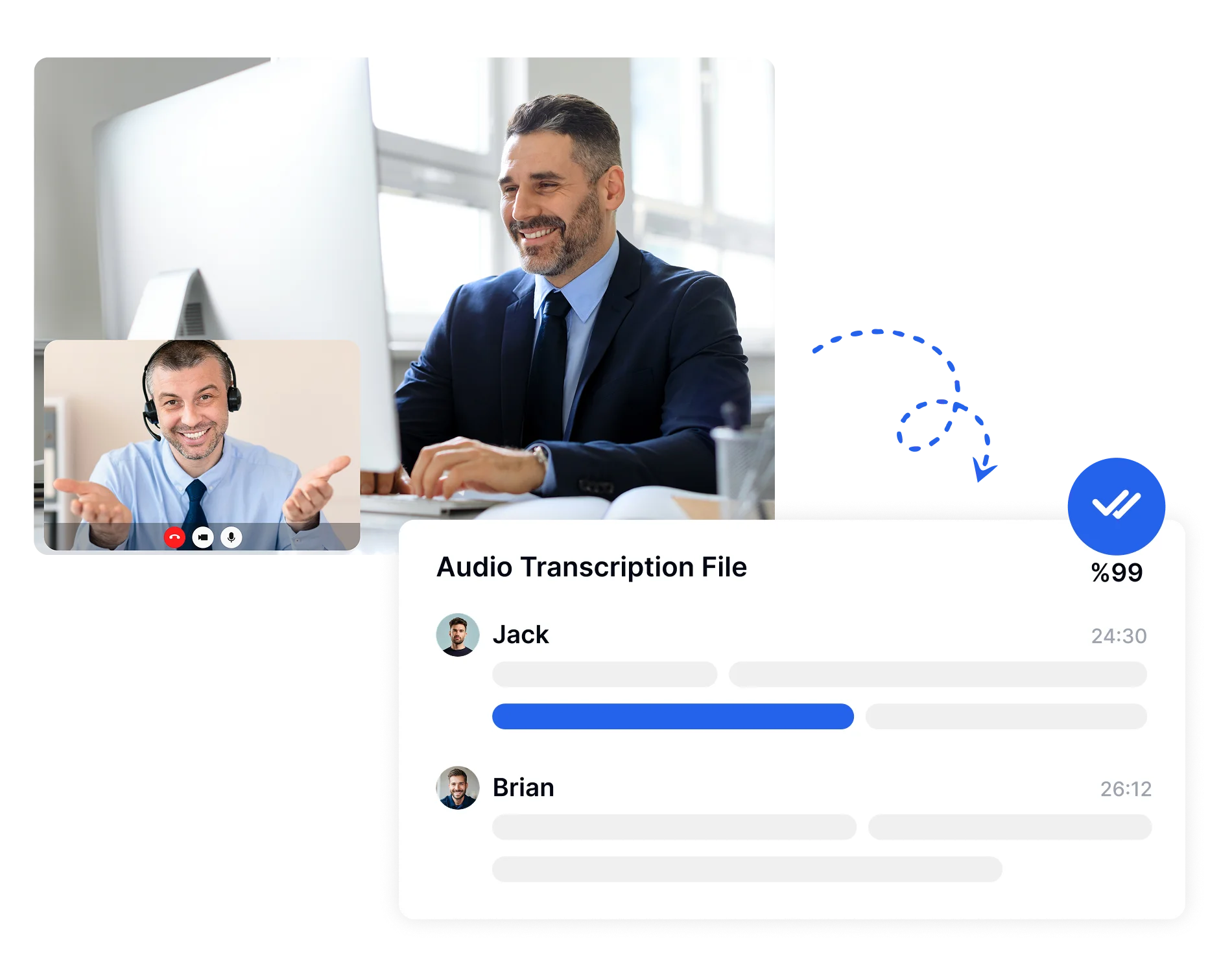
Transcription used to be a process reserved for the clickety-clack of manual typewriters and the whirring of cassette tapes. Rewinding, listening, and retyping could take hours. But in the modern age, artificial intelligence powered speech to text has made transcription fast and simple. Tools like Transkriptor are helping more teams and individuals capture conversations with ease.
Rewind to a decade or two ago, and taking notes would have typically involved hiring a professional transcription service or dedicating the time to write every detail. This process was effective, if time-consuming and expensive. Transcription companies are still in business, but there’s always a chance of errors creeping in even when hiring a skilled and experienced professional. Typos, missing words, or mishearing a speaker are a risk when relying on a human.
Enter the rise of artificial intelligence (AI) and neural-network based transcription. Programs like Transkriptor take an audio or video recording and process the speech into text. The results are high-quality transcripts in a matter of minutes, not days. For many professionals, the potential time savings and reduced stress are game-changing.
Speech to text has also been democratized. It used to be that only legal firms, medical clinics, and large media organizations could use transcription services. But today, anyone can use tools like Transkriptor to transcribe meetings, interviews, lectures, podcasts, or even personal voice memos. Transkriptor has taken it a step further, now offering more than 100 languages and dialects to serve an international user base.
Stepping into the middle of all this progress is Siyar Isik, the Founder and CEO of Transkriptor. Siyar is an entrepreneur who founded Transkriptor on the principle of “speed, accuracy, and affordable rates without compromising the quality of our work.” This ethos was evident in the development of the Transkriptor platform, which was built to not only produce transcripts, but to be a comprehensive productivity tool. From there, it has evolved to generate summaries, identify action items, and help users turn their notes into a searchable knowledge base.
The evolution of transcription also means more consistency. A set of hastily scribbled meeting notes will vary from day to day and person to person. AI transcription removes this human element by producing a standard, objective record of every conversation. This has a variety of benefits, including fewer misunderstandings and less stress over follow-ups or decisions.
There’s a place for this in our daily work lives. As meetings and teams become increasingly remote, having a consistent and thorough record of what was said is vital to keeping everyone on the same page. Transkriptor can integrate with your video meeting apps like Zoom and Google Meet and automatically pull in audio files to generate transcripts.
The use of AI transcription is just going to keep growing in the coming years. Journalists, teachers, corporate staff – anyone who has conversations they need to document can benefit from saving time and increasing accuracy with speech to text. With more accessibility, choice, and integration with our daily digital lives, the days of scrambling to keep notes are behind us.
John Davis is a seasoned health journalist with expertise in public health and medical research. Holding a degree in health sciences, John excels in making complex health topics understandable and engaging for his readers. His articles, featured in top health publications, cover everything from cutting-edge treatments to public health policies. Outside of journalism, John is an advocate for health education and frequently speaks at community events.